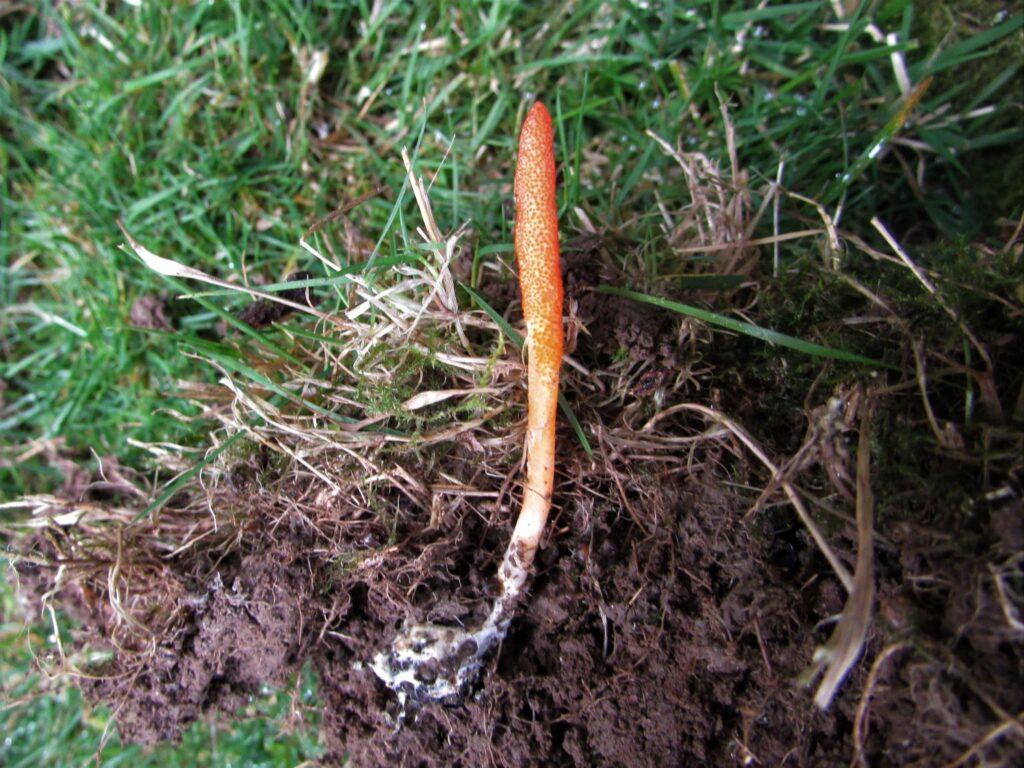CORDYCEPS – THE HIMALAYAN GOLD
The nomadic Layaps may well live in the remote, hardscrabble northern frontiers but they live with all the modern amenities in place. So much has changed for them in just a few years that they are today among the wealthy lot in the kingdom. Cordyceps sinensis, in the words of 75-year old Gokhey from Chebisa, Lingshi, is a godsend – without which life for the Layaps would be as it was for generations – harsh.

As the eldest of six siblings from an economically backward Layap family, Pasa Dorji, 45, said he grew up in a small, one-storied house. His parents did not own yaks and worked as daily wageworkers for others to keep the family going. Today, much has changed, and all thanks to Cordyceps. He began collecting the fungus like the rest of his village and now earns an income of Nu 100,000 to Nu 400,000 annually. And with years of doing it, Pasa Dorji today owns land, horses and yaks – about 50 of them. Today he is far removed from the hardy image of a highlander as he sits in the living room of his double storied house watching a Bollywood movie on his curved screen television.
The highlanders feel Cordyceps has been a boon as it has brought about an element of equality among the community and narrowed the gap between the haves and have-nots. Tenzi Phuntsho, 41, who owns two houses and a shop in Laya, said, before the legalization of gathering Cordyceps, he lived in a one-roomed stone-house with 13 other family members. Now, all his siblings own a house and have established their own businesses. But, the change has made the highlanders lazy that they now hire daily wageworkers for Nu 500 a day to seek out the fungus.

